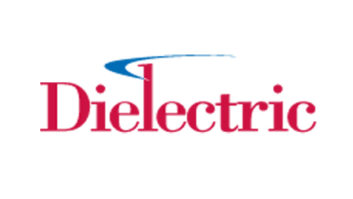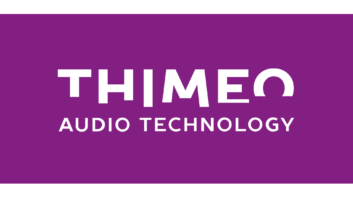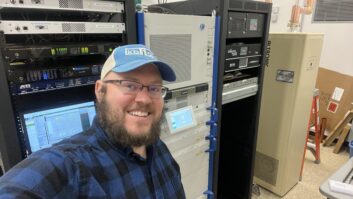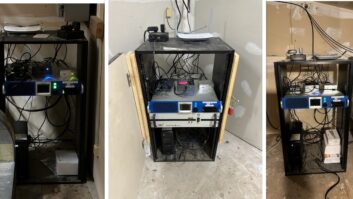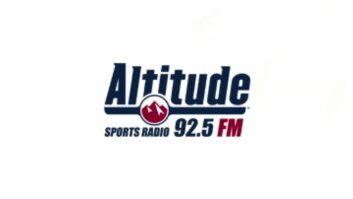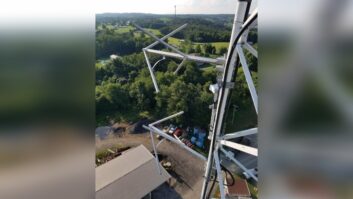
NEWARK, N.J. — When WNSH(FM) went live on Jan. 21, it became the first new country music station to enter the Greater New York market in 16 years, and New York City’s first new commercial radio station in about 30 years.
Cumulus Media, the nation’s second largest radio group, purchased WFME, licensed to Newark, N.J., in November. The station had been a non-commercial, religious station run by Family Radio for decades.
SITES
The transaction included two transmitter sites — one main and one backup — on a West Orange, N.J., hilltop with a view across Hoboken all the way to Manhattan.
We ordered Harris HD Radio equipment for the main site including the Harris Flexiva 20 kW air-cooled HD Radio transmitter and the FlexStar family of HD Radio products (HDI-200 Importer, HDE-200 Exporter and FlexStar HDx Exciter). We also purchased an Intraplex HD STL Plus T1 studio-to-transmitter link.
The decision to buy Harris HD Radio and STL gear was made by our Senior Vice President of Corporate Engineering Gary Kline, following extensive research on the technology employed by the Flexiva line, fact checking with current users, and conferences with our engineering team, including Shaun Sandoval, chief engineer for the N.Y. market.
Our Flexiva transmitter is configured for “asymmetrical sideband” HD Radio transmissions, to maximize digital power output. We operate at –14 dBc HD power on the “lower sideband” of our coverage area (maximum power allowed by the FCC) for interference protection; and we have received experimental authority to operate at –10 dBc HD power on the “upper sideband.”
The FlexStar Exciter includes Harris Real-Time Adaptive Correction, or RTAC, to analyze and self-correct signal transmission. This keeps the signal within our RF spectral mask, covering North Jersey and New York’s five boroughs.
While Flexiva is capable of 20 kW of transmitter power output in analog, it outputs 12 kW in full-power HD. If at some point the FCC allows us to run a full –10 dB HD on both upper and lower sidebands, our Flexiva easily can provide the 9.7 kW output required to achieve the licensed output.
The 20 kW Flexiva is configured as a stack of two 10 kW transmitters. While each of these “power blocks” has its own controller, a third controller serves as a supervisor to coordinate operation.
On Jan. 11, we signed for the transmitter delivery at 7 a.m. and had it up and running by 3p.m. in its compact 44-rack unit high (1RU wide) housing. Upon turning on, it immediately came up to the correct TPO level. My engineering colleague Bob Klima and I continued to run it in test mode until the Jan. 21 launch.
We were impressed by how quietly Flexiva runs compared to other solid-state transmitters. And Harris’ PowerSmart transmitter architecture, which uses electricity efficiently, helps us reduce operating costs.
Flexiva transmitters are based on modern technology that we are confident can scale to meet our changing needs. WNSH’s future roadmap may include HD Radio multicasting of two or three advanced services. The importer and exporter are in place to multiplex HD Radio signals for transport to exciter. The importer brings in audio for secondary channels, and the exporter combines those signals with the HD-1 signal.
The Intraplex STL carries all signals over T1 circuits from our Two Penn Plaza studio location in Manhattan to our transmitter site, where the FlexStar exciter takes delivery of the multicast signals.
The Flexiva also alerts us in various ways, including by email, should anything fail at the transmitter site. One of the most convenient features is Flexiva’s Web-enabled remote monitoring of virtually every operational parameter. As regional engineer for Cumulus stations in New Jersey, Pennsylvania, Ohio, Virginia and Connecticut, I find the ability to check this transmitter from remote locations to be an indispensible timesaver.
Flexiva has a front panel with LED displays and buttons that let you navigate system menus, but when I’m at the site, I prefer to plug my laptop into the transmitter’s front or rear panels. Using my laptop, I can use a browser-based GUI to check system settings and in-depth diagnostics. These features, along with our positive experience with Harris’ knowledgeable, responsive tech support, assure us that this HD Radio platform will serve our station well for years to come.
For information, contact Brian Clifford at the Harris Broadcast office in Ohio at (513) 459-3714, or visit www.broadcast.harris.com.





